Xilinx

More from the Category
History of Xilinx
Xilinx was founded in 1984 by Ross Freeman, Bernard Vonderschmitt, and James V Barnett II. The company is based in San Jose, California, and has offices and operations around the world. Xilinx introduced its first product, the XC2064, in 1985, which was the first field-programmable gate array (FPGA) available in the market. Since then, the company has continued to innovate and develop new products, including its current generation of FPGAs, which are used in a wide range of applications.
In 2020, Xilinx agreed to be acquired by AMD, a computer-chip designer and a rival of Intel. The deal was valued at $35 billion and was finalized in 2022. The acquisition aimed to create the industry’s high-performance and adaptive computing leader, combining AMD’s processors with Xilinx’s FPGAs.
Products and Services
Xilinx develops and sells a range of programmable logic devices, software development tools, and IP cores. Its flagship product is the Virtex UltraScale+ FPGA, which is designed to provide high performance and flexibility for a wide range of applications. Xilinx also offers a range of other FPGAs, including the Kintex UltraScale+ and Artix-7 families, which are designed for lower-cost and power-consumption applications.
In addition to its FPGA products, Xilinx also offers a range of software development tools, including its Vivado Design Suite and the Xilinx Software Development Kit (SDK). These tools are designed to help developers design and implement FPGA-based solutions quickly and efficiently.
Xilinx also offers a range of IP cores, which are pre-designed blocks of logic that can be incorporated into FPGA designs. These IP cores include everything from simple logic gates to complex system-level functions, such as memory controllers and digital signal processing (DSP) blocks.
Virtex UltraScale+
The Virtex UltraScale+ family of FPGAs is designed for high-performance and high-bandwidth applications, where speed and throughput are critical. These FPGAs are ideal for applications such as network infrastructure, data center acceleration, and high-speed signal processing. The Virtex UltraScale+ FPGAs are built using 16nm FinFET+ process technology and offer up to 9.2 million system logic cells, up to 32.75Gbps transceivers, and up to 1.8Tb/s of aggregate bandwidth. They also feature advanced technologies such as High Bandwidth Memory (HBM), 3D-on-3D (3D-IC) integration, and integrated analog-to-digital converters (ADCs) and digital-to-analog converters (DACs).
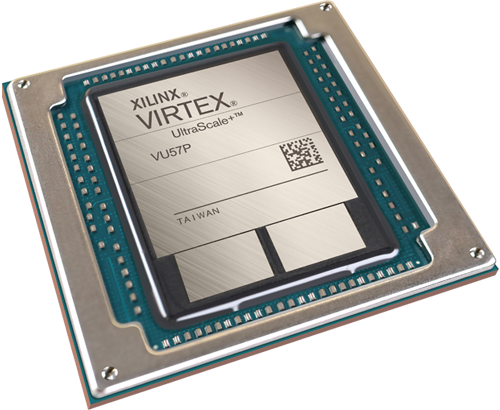
Kintex UltraScale+
The Kintex UltraScale+ family of FPGAs is designed for applications that require high-performance and high-bandwidth capabilities, but at a lower cost and power consumption than the Virtex UltraScale+ family. These FPGAs are well-suited for applications such as wireless communication, video processing, and machine vision. The Kintex UltraScale+ FPGAs are built using the same 16nm FinFET+ process technology as the Virtex UltraScale+ family and offer up to 2.16 million system logic cells, up to 28.05Gbps transceivers, and up to 840Gb/s of aggregate bandwidth. They also feature advanced technologies such as HBM, 3D-IC integration, and integrated ADCs and DACs.
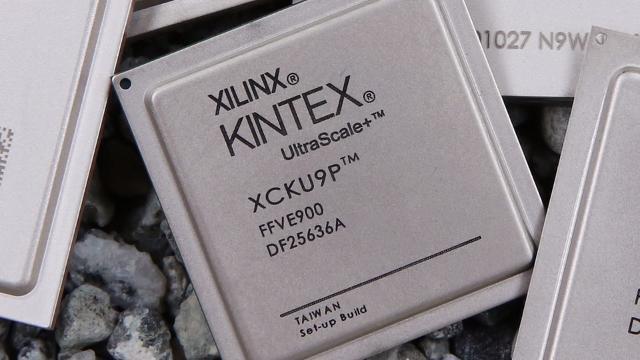
Artix-7
The Artix-7 family of FPGAs is designed for cost-sensitive and power-sensitive applications, where low cost and power consumption are critical. These FPGAs are well-suited for applications such as industrial automation, automotive, and medical devices. The Artix-7 FPGAs are built using 28nm process technology and offer up to 215K system logic cells, up to 6.6Gbps transceivers, and up to 102Gb/s of aggregate bandwidth. They also feature advanced technologies such as integrated block RAM and DSP slices.
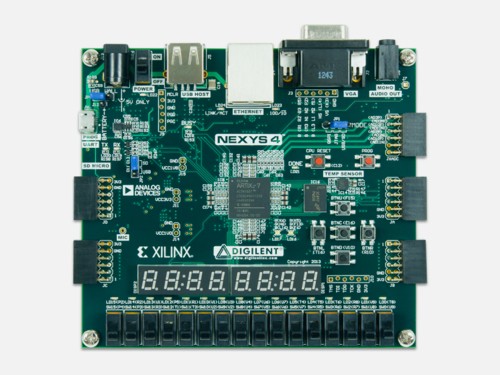
Spartan-7
The Spartan-7 family of FPGAs is designed for low-cost and low-power applications, such as sensors and control systems. These FPGAs are well-suited for applications such as IoT devices, sensor networks, and low-power communication. The Spartan-7 FPGAs are built using 28nm process technology and offer up to 466K system logic cells, up to 12.5Gbps transceivers, and up to 256Mb of integrated RAM. They also feature advanced technologies such as integrated block RAM and DSP slices.
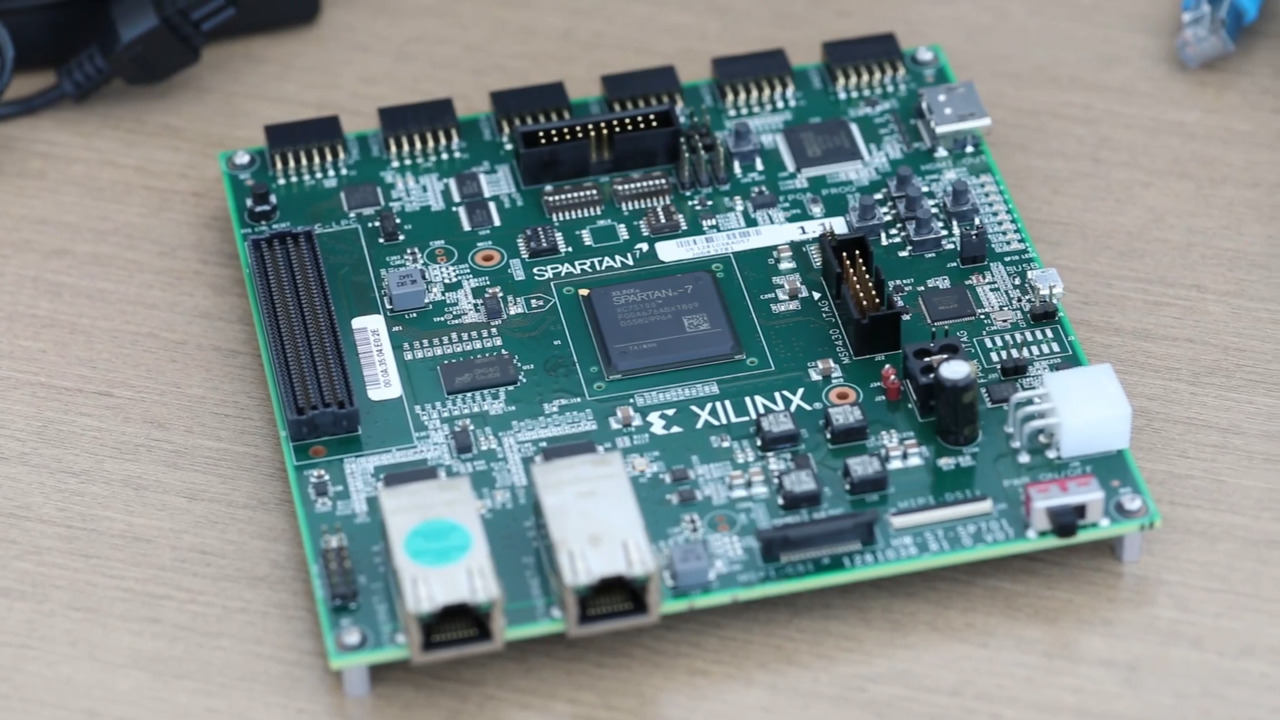
Zynq-7000
The Zynq-7000 family of FPGAs combines programmable logic with an ARM-based processing system on a single chip. These FPGAs are well-suited for applications such as embedded vision, software-defined radio, and motor control. The Zynq-7000 FPGAs are built using 28nm process technology and offer up to 1.3 million system logic cells, up to 6.6Gbps transceivers, and up to 4Gb of integrated DDR3 memory. They also feature a dual-core ARM Cortex-A9 processor, programmable logic, and a rich set of peripherals.
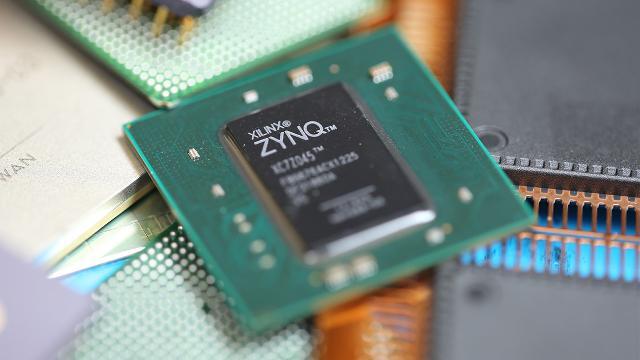
Versal
The Versal product line is Xilinx’s newest FPGA product line and is designed for AI and data center applications. These FPGAs offer up to 7 million system logic cells, up to 112Gbps transceivers, and up to 120Tb/s of aggregate bandwidth. The Versal family features advanced hardware and software features that allow it to accelerate a wide range of AI and data center workloads, making it well-suited for applications such as machine learning, data analytics, and video transcoding.
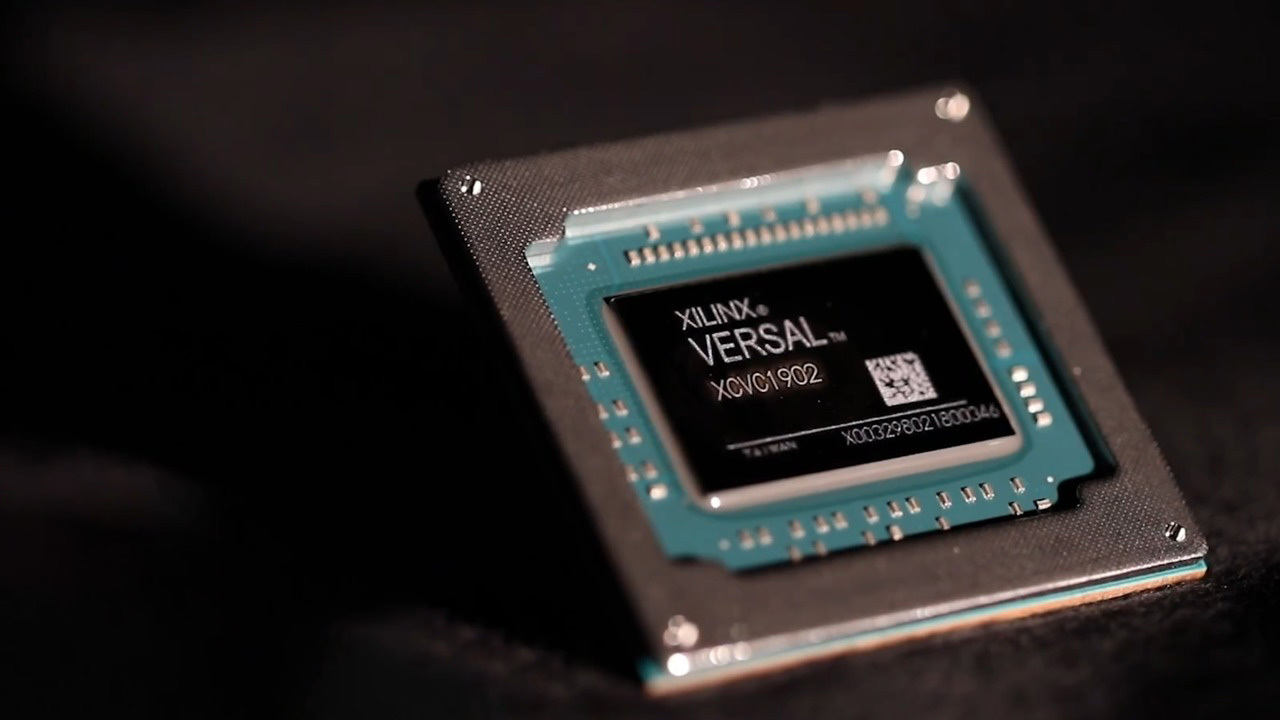
Applications
Xilinx’s products and services are used in a wide range of applications across a variety of industries. Some of the most common applications include:
Artificial Intelligence (AI) and Machine Learning (ML): FPGAs can manage massive amounts of data in parallel, making them an ideal platform for a wide range of intensive AI and ML applications. FPGAs enable users to update tasks such as image recognition, speech recognition, and natural language processing in real time and with increased accuracy. Additionally, FPGAs have been used for accelerated deep learning algorithms, which are complex but necessary for gathering insights.
Networking and Telecommunications: FPGAs are used in networking and telecommunications equipment, such as routers and switches, to handle high-speed data transfer and traffic management. They can also be used in wireless base stations and other cellular infrastructure to perform tasks such as channel estimation and beamforming.
Automotive and Industrial Control Systems: FPGAs are used in a variety of automotive and industrial control systems, such as engine control units, safety systems, and robotics. They can perform real-time data processing, sensor fusion, and control algorithms with low latency and high accuracy.
Aerospace and Defense: FPGAs are used in aerospace and defense applications, such as radar and electronic warfare systems, to handle large amounts of data and perform signal processing tasks with low latency. They are also used in high-performance computing systems for simulation and modeling.
Medical Devices: FPGAs are used in medical devices such as MRI machines, ultrasound systems, and patient monitoring systems. They can perform real-time data processing and control algorithms with low latency and high accuracy.
Video and Image Processing: FPGAs are used in video and image processing applications, such as cameras and displays, to perform tasks such as video encoding and decoding, image enhancement, and pattern recognition.
Internet of Things (IoT): FPGAs are used in IoT devices and sensor networks to perform tasks such as data processing, sensor fusion, and communication. They can also be used in edge computing applications to perform real-time analysis and decision-making without the need for cloud connectivity.
Overall, the flexibility and reconfigurability of FPGAs make them well-suited for a wide variety of applications in many different industries.
Need help sourcing parts? Our IC & Semiconductor Specialists can help you today, on our RFQ page!